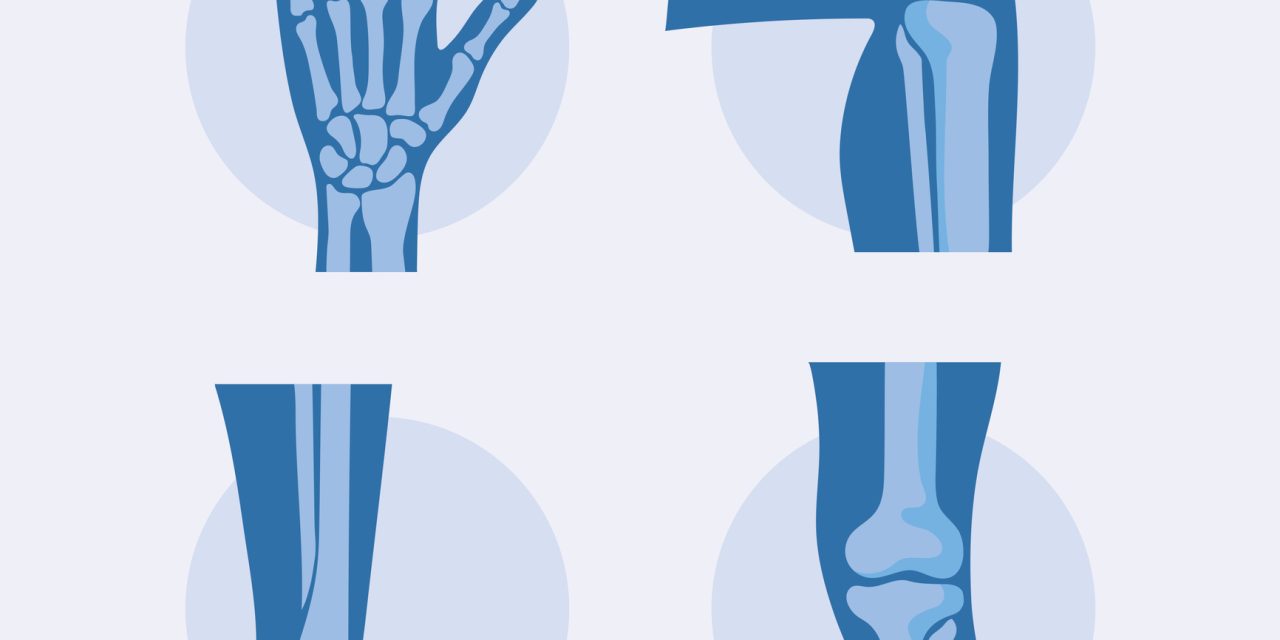Patients with systemic sclerosis (SSc) are subjected to chest radiography and high-resolution computed tomography (HRCT) of the thorax for the diagnosis and monitoring of interstitial lung disease (ILD). The purpose of this study was to see if lung ultrasonography (LUS) is a better screening technique for ILD in individuals with SSc than HRCT.
From December 2015 through April 2016, longitudinal cohort research was conducted. An LUS was conducted on 67 consecutive individuals who satisfied the American College of Rheumatology/European League Against Rheumatism categorization criteria for SSc in 2013 and had a prior HRCT. B-lines were quantified and categorized using Picano’s modified score. The Warrick score was used to identify the severity and amount of lung involvement on the HRCT.
Twenty-nine patients had both abnormal HRCT and abnormal LUS, two had mild scores, and the remaining 27 had moderate or severe scores. On the LUS, 25 of the 38 patients with negative HRCT showed some degree of lung involvement. As a result, LUS has a sensitivity of 100% and a specificity of 34%. The analytic relationship between the quantity of B-lines and the presence of ILD on the HRCT was shown by receiver operating characteristic curve analysis.
Lung ultrasonography may be a noninvasive approach to detecting aberrant lung findings in people with SSc. A low score practically eliminates the necessity for an HRCT because of its great sensitivity.
Reference:journals.lww.com/jclinrheum/Abstract/2019/10000/Lung_Ultrasound_as_a_Screening_Method_for.5.aspx


